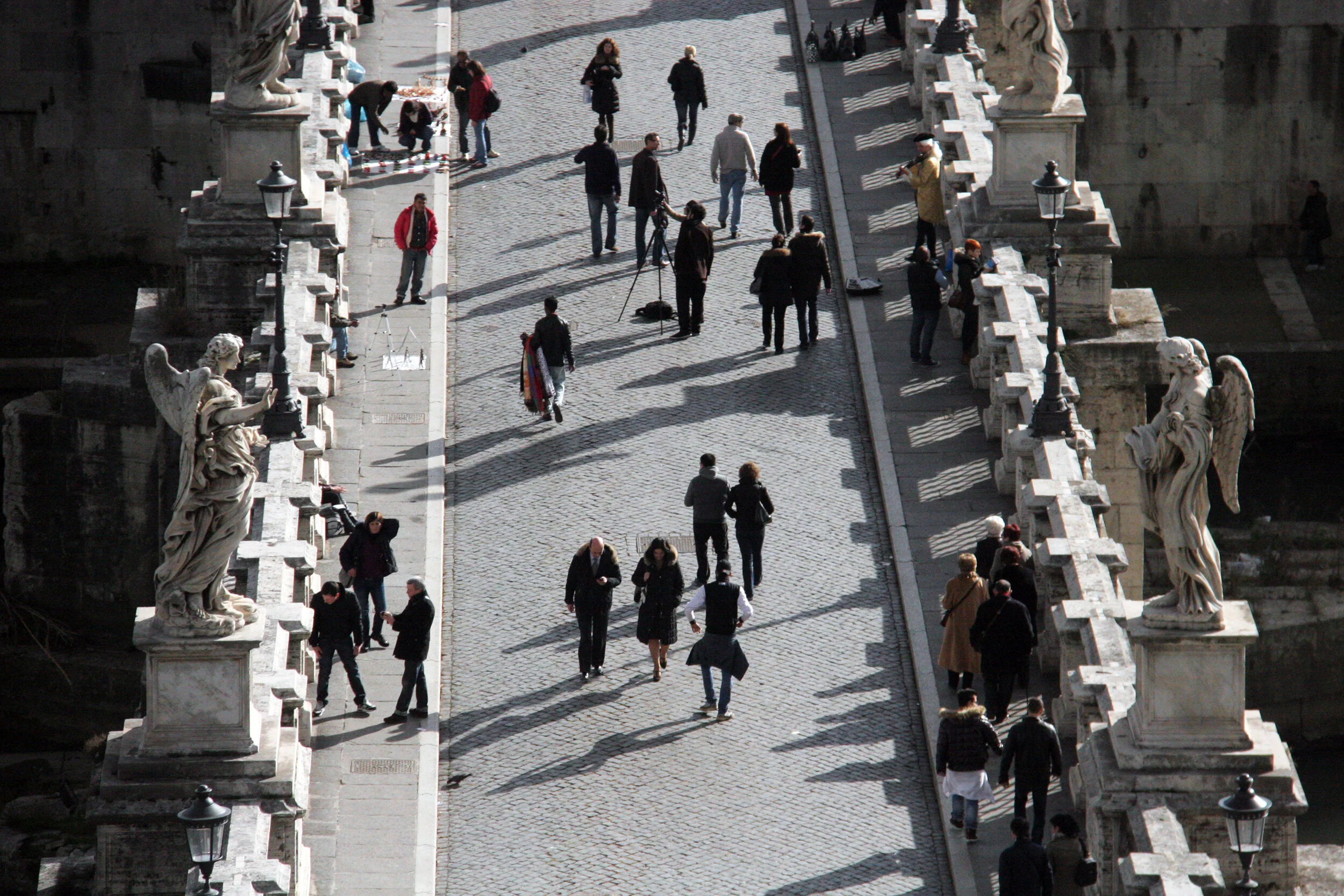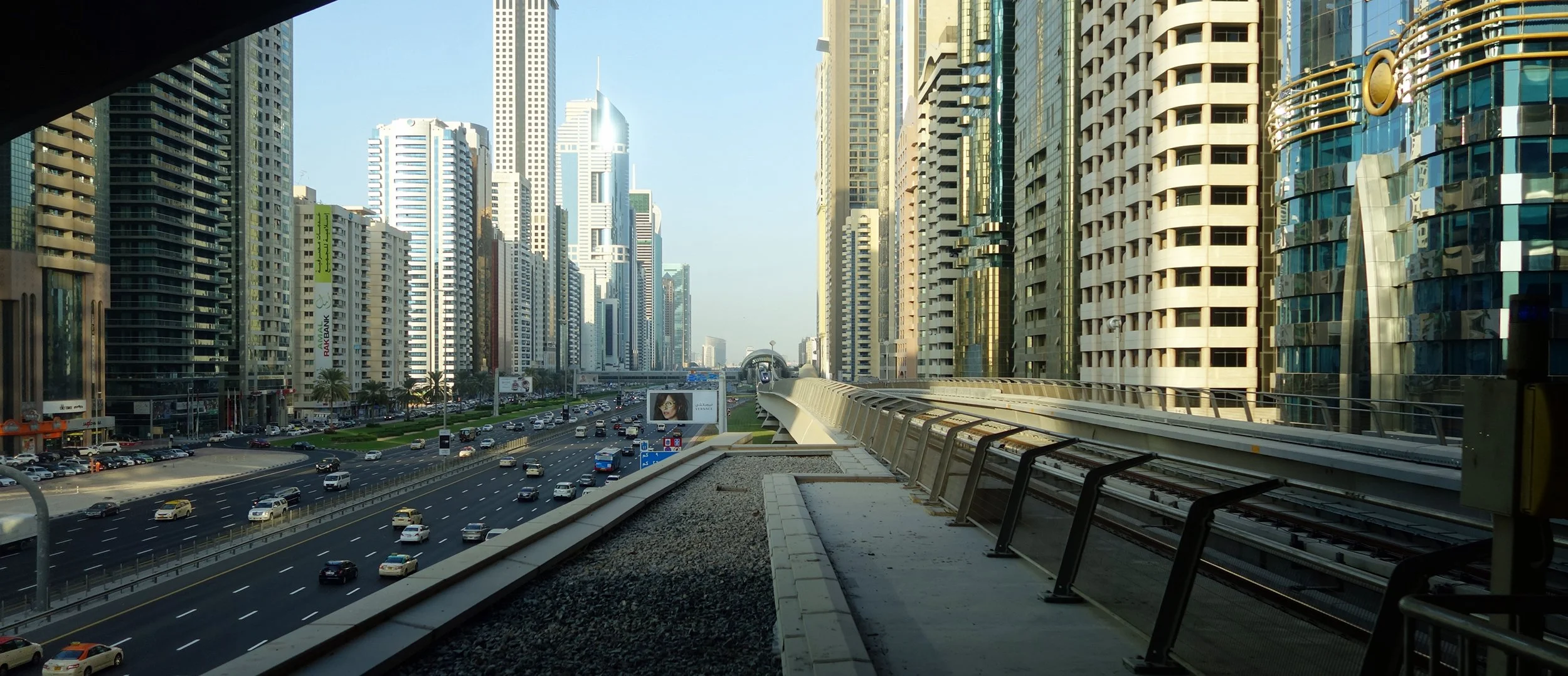
Page 3 of 3
Rome, Italy
Staring at the sink of blood and crushed veneer
This is St Peter's Basilica and the Vatican from the roof of Castel Sant'Angelo, the last refuge of popes (they would hide in the castle when under attack) and the last refuge of Emperor Hadrian (the castle was built atop his mausoleum).
Still looking at St Peter's Basilica, although this time the view is somewhat more removed. This is from the unfortunately named "Rome from the Sky," a rooftop observation deck atop the Vittorio Emanuele II Monument right in the center of Rome. From its vantage point high atop Capitoline Hill you can see and understand all of the other six of the city's seven hills (Palatine, Aventine, Caelian, Esquiline, Viminal and, of course, everyone’s favorite, Quirnal), as well as countless domes and ruins and rivers and distant snow covered mountains, or, in a single word, Rome.
The Vittorio Emanuele II Monument was built by fascist dictator Benito Mussolini in the style that a lesser Roman emperor might have used to promote his legitimacy. In general the building is always slammed as an eyesore, a gleaming white temple in a city that otherwise looks as if it has been painted in the latest Pottery Barn color palette. What critics are not realizing is that the building is closer in spirit and design to the original buildings of the empire than any of the remaining, muted ruins that line the Via Sacra. The Forum would have been lined with gleaming white buildings and often garishly painted colors, a real leap from what's been left behind and what we have all come to love.
North of the city (not all that far from the Olympic Stadium) is Zaha Hadid's MAXXI, Italy's National Museum of the 21st Century Arts. Housed in a brand new building that looks amazing on Google Maps, it features an atrium with an awful lot of stairs and ramps and large galleries with art that could best be described as not worth your time. I'm all about contemporary art (as you probably know) and have seen enough of it to know what is good and challenging and what is awful and inconsequential and basically just filling space and killing time. Really weak collection.
Luckily I can forget about the forgettable art and focus on the building which was... ok. It has its moments- the stairs and ramps and atrium make a nice impression, and there are occasional surprises like a clear glass slit in a floor that seems to come out of nowhere. That said, its exterior is nothing special and the promise of its plan never really feels fulfilled no matter how hard you want to believe it has.
When Catholic pilgrims arrived in Rome, chances are that they arrived via land and from the north, meaning that their first glimpse of the city was here at Piazza del Popolo. The popes wanted to make their first impression strong (after all pilgrimage tourism was a big business) so they built these twin churches and three long straight boulevards. The center road goes to Capitoline Hill and the Forum, the road on the left goes to two of the four pilgrimage churches and the road on the right heads over toward St Peter's and the Vatican. Everywhere a pilgrim ever wanted to go I guess.
A last photo of this all too short slideshow shows an early evening stroll along Via Del Corso, that center street that stretches from the Piazza del Popolo right up to the Vittorio Emanuele II Monument, all decked out for its entire length with red, white and green lights, bringing a bit of a "Little Italy" feel to “Big Italy," or perhaps "Actual Size Italy" might be a more accurate description.

